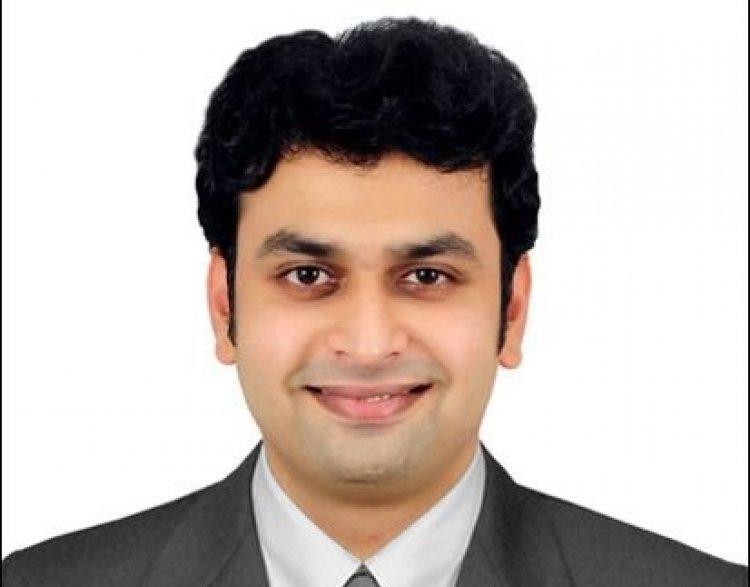ALL YOU NEED TO KNOW ABOUT PILONIDAL SINUS

Dr Sharad Kulkarni
Ayurveda Consultant | Author | Vlogger
Jeevottama Health
Bengaluru
Introduction
A Pilonidal sinus is a small tunnel in the skin filled with pus and debris usually occurring in the natal cleft between the buttocks. The term Pilonidal is derived from the Latin words Pilus (hair) and Nidus (nest). It is caused due to invasion of hair(s) in the natal cleft leading to foreign body reaction resulting in hair filled abscess cavity. The inflamed hair follicles result in folliculitis, due to which oedema is seen. This leads to obstruction of the follicle's opening. Over time, hair shafts are drawn into the pits by motion from the buttocks, which produces a vacuum effect & when an abscess forms, it drains back to the skin through actual sinus tracts. Thus the pilonidal disease is due to foreign body reactions. It demonstrates foreign body giant cells associated with hair shafts that are embedded in chronic granulation tissue lining the abscess cavity and sinus tracts. Despite advances in surgical management, failure rates and recurrence rates are relatively high, leading to considerable morbidity in these otherwise healthy patients. This article intends to educate regarding the incidence, etiopathogenesis and the management of Pilonidal sinus (co-related to Shalyaja Nadi Vrana in Ayurveda).
Incidence
Men are at a higher risk because of their hirsute nature. Other associations with the pilonidal disease are obesity (37%), sedentary occupation(44%), and local irritation or trauma (34%). Jeep drivers in World war II were subjected to this type of local irritation so frequently that Louis Buie, a Mayo Clinic proctologist, described it in 1944 as "jeep disease.”
Clinical Features
- Discharge - either sero sanguinous or purulent
- Pain - throbbing and persistent type
- A tender swelling is seen just above the coccyx in the midline(primary sinus) and on either side of the midline(secondary sinus)
- Tuft of hairs may be seen in the opening of the sinus
- Presentation may be as an acute exacerbation (abscess) or as a chronic one
- It causes recurrent infection, abscess formation, which bursts open, forming recurrent sinus with pain, discharge and discomfort
Complications
- Chronic Pilonidal sinus can occasionally cause sacral osteomyelitis, necrotising fasciitis and rarely meningitis
- It is not a life-threatening condition but often it a be a morbid disease because of the high recurrence rate
Treatment
- In acute phase initially - drainage of the abscess and antibiotics; later definitive treatment
Definitive treatment - Surgical excision in jack knife position and primary closure under specific Anaesthesia
- Ksharasutra ligation - Practiced as an OPD procedure with primary probing (locating both openings) and threading followed by Ksharasutra change every week till complete cutting of the track.
Preventive Measures
- Local Hygiene - Hair removal, sitz bath
- Weight maintenance
- Diet and lifestyle corrections
Discussion
Pilonidal sinus is an acquired entity wherein hair follicles have never been demonstrated in the wall of the sinus (only hairs have been found). Many advanced surgeries have been advocated to treat pilonidal sinus. Still, the recurrence rates stand on the higher side. Sacrococcygeal pilonidal sinus(Nadi vrana) needs a minimally invasive treatment approach that can manage recurrence rates too. Ksharasutra, prepared out of any Kshara, suits the above-said statement. It is an OPD technique which will not affect the routine of the patient.
Conclusion
Pilonidal sinus is a common anorectal problem and a surgical challenge too. The recurrence rate due to treatment failure is high. Effective treatment depends on surgical/para surgical procedures followed in accordance of etiopathogenesis along with diet and lifestyle corrections. A study revealed that Pilonidal sinus treated with Guggulu based Apamarga Ksharasutra showed excellent results. Post debridement application of Ksharasutra is an easy and simple way to handle Pilonidal sinus. By this, foreign body extraction can also be achieved. Local hygiene in removing hairs and sitz bath also plays an essential role in managing/avoiding recurrence.
References
- Sushruta samhita- Edited with Ayurveda Tatva Sandipika Hindi Commentary By Kaviraja Ambikadutta Shastri
- da Silva J H. Pilonidal cyst. Cause and treatment. Dis Colon Rectum. 2000;43:1146–1156. [PubMed]
- Bendewald FP, Cima RR. Pilonidal disease. Clin Colon Rectal Surg. 2007;20(2):86-95.
- Franckowiak J J, Jackman R J. The etiology of pilonidal sinus. Dis Colon Rectum. 1962;5:28–36. [PubMed]
- Hardaway R M. Pilonidal cyst—neither pilonidal nor cyst. Arch Surg. 1958;76:143–147.[PubMed]
- Sondenaa K, Nesvik I, Anderson E, Natas O, Soreide J A. Patient characteristics and symptoms in chronic pilonidal sinus disease. Int J Colorectal Dis. 1995;10:39–42. [PubMed]
- Buie L A. Jeep disease (pilonidal disease of mechanised warfare) Dis Colon Rectum. 1982;25:384–390. [PubMed]
8. M. SB. Srbs manual of surgery. 4th ed. Jaypee Brothers Medical Publis; 2016
















